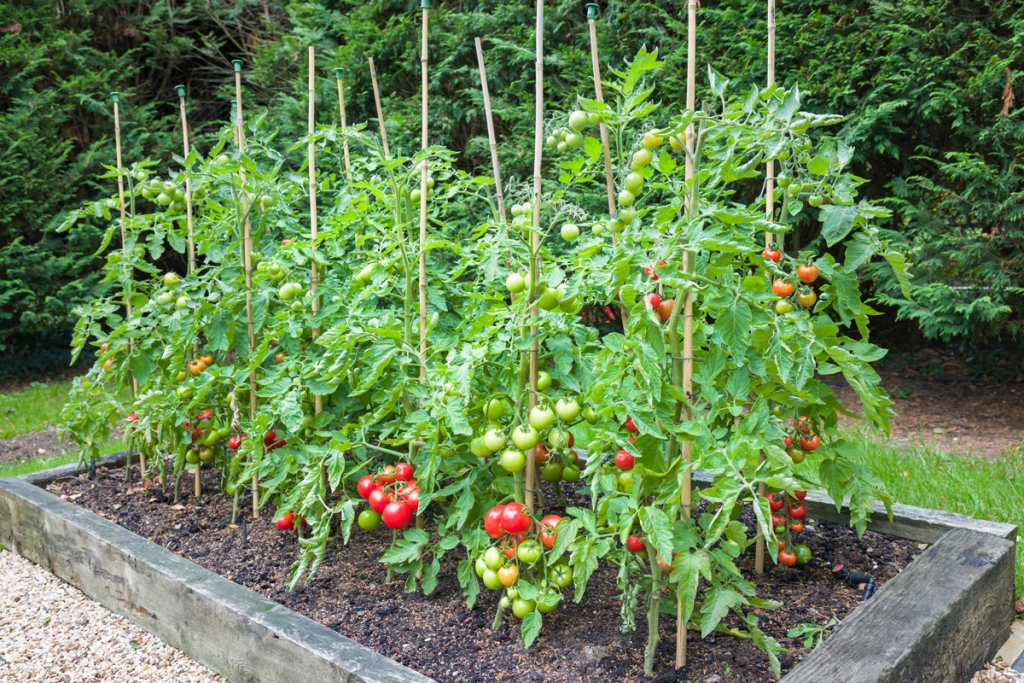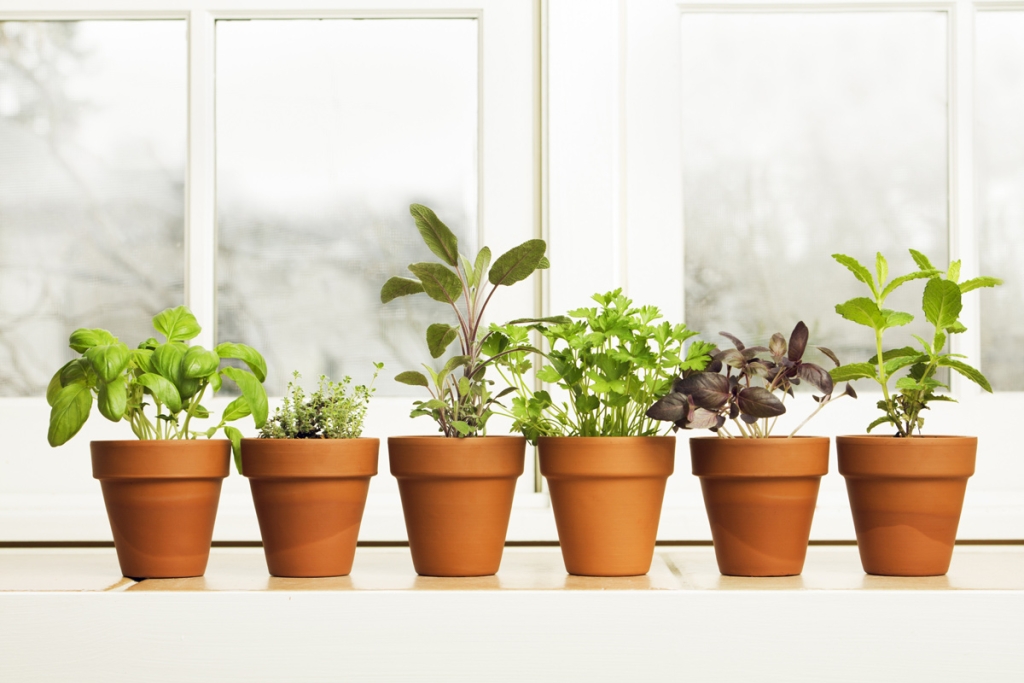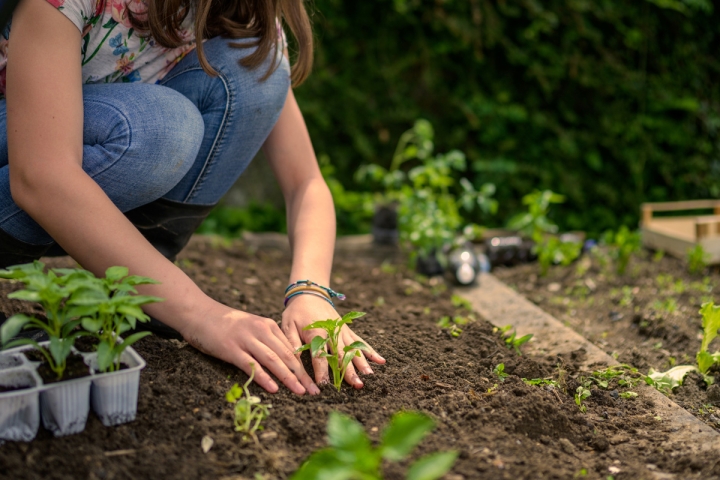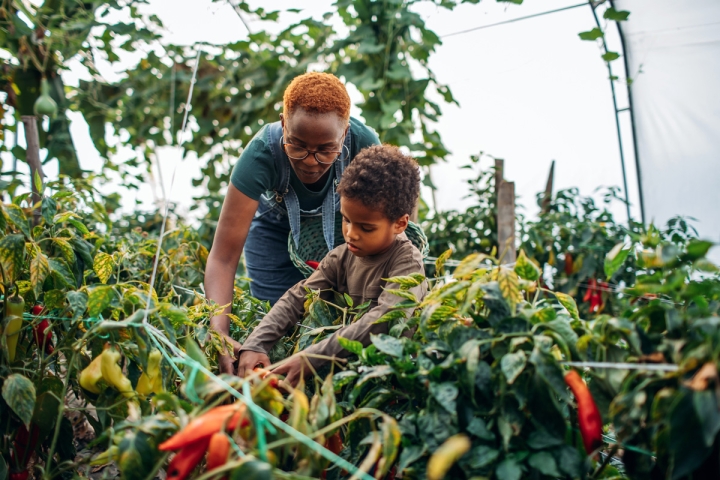10 Tips to Prep Your Summer Garden
Spring is in full bloom, making it the perfect time to get outside and start your garden! Whether you’re a seasoned gardener or a beginner, now is the ideal time to prep your space, plant your favorite fruits and veggies, and enjoy the physical and mental health benefits of gardening. Read on for expert tips to help your garden thrive all season long!
On a warm spring day, clear away mulch, weeds, and debris from your garden beds. This counts as exercise and is a good way to relieve stress! Clear until you get down to bare soil so you’re ready to prep it for plants.
By April, the threat of frost has passed in most regions, but knowing the zone for your specific location will help you understand which plants will—and will not—thrive in your garden. Use this guide to find your plant hardiness zone.

Now that you know more about what plants will thrive in your zone, lay out a plan of what to plant and where. Consider sunlight, water, and protection from wind or any lingering frost. In a smaller garden, you can go vertical with vegetables like tomatoes, peas, squash, and melons. Keep them straight and supported with trellises or stakes.
Gardening might require you to use muscles you’re not used to working, so before rushing outside, get your body moving with some warm-up stretches. While you’re gardening, take periodic breaks to do some simple exercises like shoulder shrugs: raise your shoulders slowly toward your ears, hold, and slowly release. Do this exercise a few times with a small rest between repetitions. Also, try to avoid bending over to plant or weed; instead, get down on hands and knees to prevent lower back stress.
Not only do home-grown vegetables save money, but they often taste better, too! You can plant most vegetable seeds after the last frost has passed or start seedlings indoors before moving them outside when the temperature warms. Some vegetables you can plant in April include lettuce, arugula, carrots, radishes, and peas. Most will be ready to harvest by early summer. Tip: If you’re tight on space, you can also grow a salad garden in a pot or planter close to the kitchen door and snip what you need as you prepare meals.

Herb plants are relatively low-maintenance and usually provide more flavor and nutrients than what you would buy at the store. Many grow well in pots and containers if they have plenty of sunshine, soil, and drainage. Rosemary is drought-tolerant, good for planting in April, and likely to thrive through summer with at least six hours of sunlight every day. Basil is another easy, fast-growing herb you can plant in April. Be sure to water and cut it often to promote fresh growth.
Blueberries, kale, beets, and spinach, and so on—these superfoods are nutritionally dense with high levels of vitamins and minerals. They’re also a great source of antioxidants that provide your body with protection against cell damage and diseases. While most of these foods can be purchased, you can also grow many of them in your own garden.
Perhaps you want to add some color to your garden? April is an ideal time to plant annuals that bloom in summer like sunflowers. Sunflowers are sturdy plants that require minimal care once planted. Once soil reaches at least 60 degrees Fahrenheit, plant seeds about one inch deep and six inches apart in an area that gets at least six to eight hours of full sunlight.


As your garden starts to grow, help it reach its full potential with regular maintenance. Water plants before they wilt, pull weeds before they go to seed, and get rid of any dead vegetation. Support tall plants (like tomatoes) with a trellis or stake. Also, harvest vegetables as soon as they are ready!
SUBSCRIBE TO OUR BLOG
Enter your email to start receiving our blog emails!









